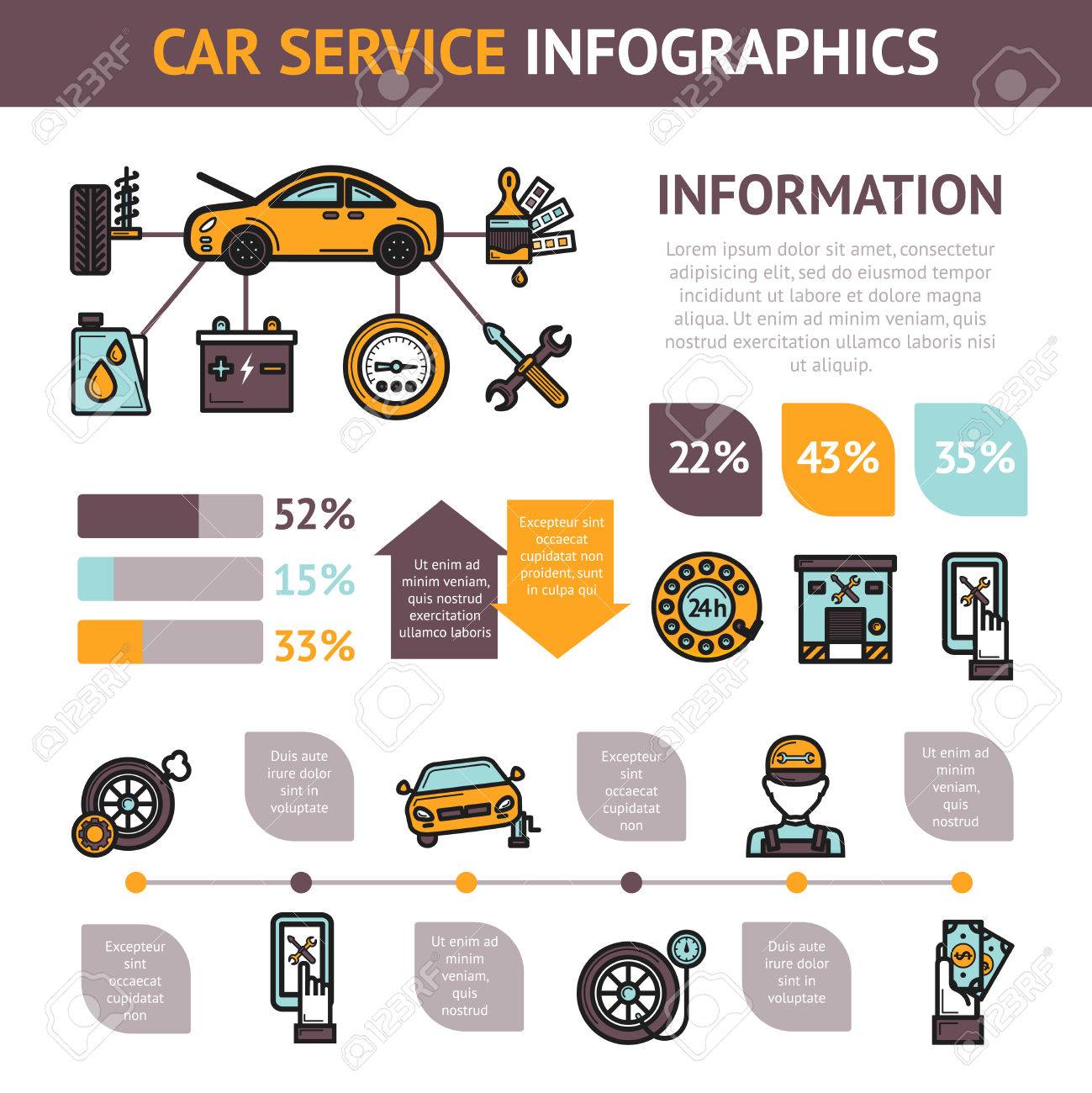Examining Your Cars And Truck'S Caution Indicators: What They Actually Convey
Examining Your Cars And Truck'S Caution Indicators: What They Actually Convey
Blog Article
Created By-Lim Corbett
When you're behind the wheel, those glowing warning lights on your control panel can be a little bit puzzling. Do you recognize what they're trying to tell you regarding your vehicle's health and wellness? Recognizing the relevance of these lights is vital for your safety and security and the long life of your lorry. So, the following time one of those lights appears, wouldn't you want to analyze its message precisely and take the needed actions to resolve it?
Common Warning Lighting and Interpretations
Identify usual warning lights in your vehicle and comprehend their definitions to ensure safe driving.
One of the most regular warning lights include the check engine light, which indicates problems with the engine or emissions system. If this light begins, it's critical to have your vehicle checked quickly.
The oil pressure cautioning light suggests low oil stress, requiring immediate attention to stop engine damage.
A flashing battery light could recommend a faulty billing system, potentially leaving you stranded otherwise addressed.
The tire pressure surveillance system (TPMS) light notifies you to low tire pressure, impacting lorry stability and gas efficiency. Disregarding this might cause harmful driving conditions.
The abdominal light indicates a problem with the anti-lock stopping system, compromising your capability to quit quickly in emergency situations.
Lastly, the coolant temperature level warning light warns of engine overheating, which can lead to serious damage if not solved swiftly.
Comprehending these usual warning lights will aid you deal with issues promptly and preserve secure driving problems.
Relevance of Prompt Attention
Understanding the usual caution lights in your cars and truck is just the very first step; the value of promptly addressing these warnings can't be highlighted enough to ensure your safety on the road.
When a caution light brightens on your control panel, it's your cars and truck's way of connecting a possible problem that requires interest. Ignoring these warnings can lead to extra severe issues in the future, endangering your security and potentially costing you more in repairs.
Trigger focus to cautioning lights can avoid break downs and accidents. For example, a flashing check engine light can show a misfire that, if left neglected, can cause damage to the catalytic converter. Resolving visit the next document without delay can conserve you from a costly fixing.
Similarly, https://carbrakes84062.blog4youth.com/31787981/do-you-have-doubts-relating-to-the-value-of-automobile-detailing-for-enhancing-your-lorry-s-resale-worth alerting light may signal reduced brake liquid or used brake pads, critical parts for your safety when driving.
Do It Yourself Troubleshooting Tips
If you notice a warning light on your dashboard, there are a couple of do it yourself troubleshooting suggestions you can attempt prior to seeking specialist help.
The primary step is to consult your vehicle's manual to understand what the particular caution light shows. Sometimes the concern can be as simple as a loosened gas cap setting off the check engine light. Tightening up the gas cap may solve the issue.
Another usual concern is a reduced battery, which can trigger different warning lights. Examining the battery connections for rust and guaranteeing they're safe may deal with the problem.
If a warning light lingers, you can try resetting it by separating the auto's battery for a couple of mins and after that reconnecting it. In truck detailing , inspecting your vehicle's liquid degrees, such as oil, coolant, and brake fluid, can assist repair warning lights connected to these systems.
Final thought
To conclude, comprehending your cars and truck's warning lights is important for maintaining your lorry running smoothly and safely. By without delay addressing these signals and understanding what they suggest, you can stay clear of pricey repairs and potential failures.
Keep in mind to consult your car's handbook for specific information on each alerting light and act accordingly to make sure a hassle-free driving experience.
Stay notified, stay safe when traveling!
